I have a soft spot for Canon cameras ever since I borrowed my dad’s 1969 FT to learn photography at an evening class. For a few years now I’ve bought and sold numerous cameras through my Etsy shop and has had the opportunity to try several of Canon’s models. This time, for once, I thought it seemed a fun idea to compare two very different looking cameras – the Canon Top Twin & MC – while also giving in to the – by me rarely visited – lure of compact auto-exposure cameras.
Starting out
I am a user of as-analog-as-they-get cameras so usually load my cameras myself. Well, I have put my trust in Canon before and would have to again this time.
Both Canon Top Twin & Canon MC cameras wind the film into starting position when I shut the film doors. The sounds they make are a little disconcerting – making me wonder if the films go all curled and crumpled inside.
They sure are dissimilar, these two. The Canon MC fits in the palm of my hand. Well… where does the Top Twin fit, really? I try to find a half-case from an older camera that will fit it, so it can look nice, slung over my shoulder and not have to spoil my otherwise smart outfit. I never managed to find a fitting one since the camera – because of the generous grip (and battery compartment) – has too odd a shape.
Winding and exposure
Both Top Twin and MC have rather loud winding noises when I release the shutter. Also the Top Twin burrs when focusing, the MC being a bit quieter in that regard. Because of the loudness both cameras announce “I took a picture!” It takes some getting used to.
The MC has a fast focusing procedure – it happens when you depress the shutter. As you press the shutter release and the exposure is made the camera also displays at what distance your subject is/was with the common symbols. Since it happens simultaneously as the exposure is made only then do you know if your subject was in focus or not. To solve this dilemma there is a pre-focus option. When activated by simultaneously pressing then releasing the designated button and the shutter release, focus is locked and you can recompose the photo to your preference, then again press the shutter release to expose. I used the pre-focus a few times – it does take some getting used to.
The Canon Top Twin focuses once you’ve half-pressed the shutter release, and keep it there. This enables the option of pre-focusing in a simple manner. You simply re-compose the picture after you’ve pointed it straight at your subject to lock (pre-) focus. It is a very common function in my experience – I use it all the time on digital cameras.
The Canon Top Twin also has a (tiny) button for exposure compensation – opening up the aperture one or two stops. And – a remnant from the Seventies – an (equally tiny) button for multi-exposures.
Appearance
The cameras are very dissimilar looking. I suppose that they were aimed at different consumer groups. The design of the Canon Top Twin (1986) is very much a result of the idea of a zoom lens before zoom technology had advanced to more compact designs.
The Canon MC (1984) bothers me a bit. It is of similar size as my Olympus XA. And it has the sleek “in the palm of your hand” feel to it, as well as the “clam-shell” lens protection/on-off switch. Hence every potential to compete with the contemporary XA series. But then there is the “whizz-chuck” of the automatic winding which belongs to more primitive designs (like the Top Twin). It seems to me that the will of the company to release the auto-wind system came long before it was perfected. So, rich (MC) and poor (Top Twin) were presented with the same noisy technology.
In use
Once I’d overcome the initial scepticism of the Auto Everything of the cameras there was no stopping me finishing the two rolls. Due to the travel and physical restrictions I made nature and village environments my subjects.
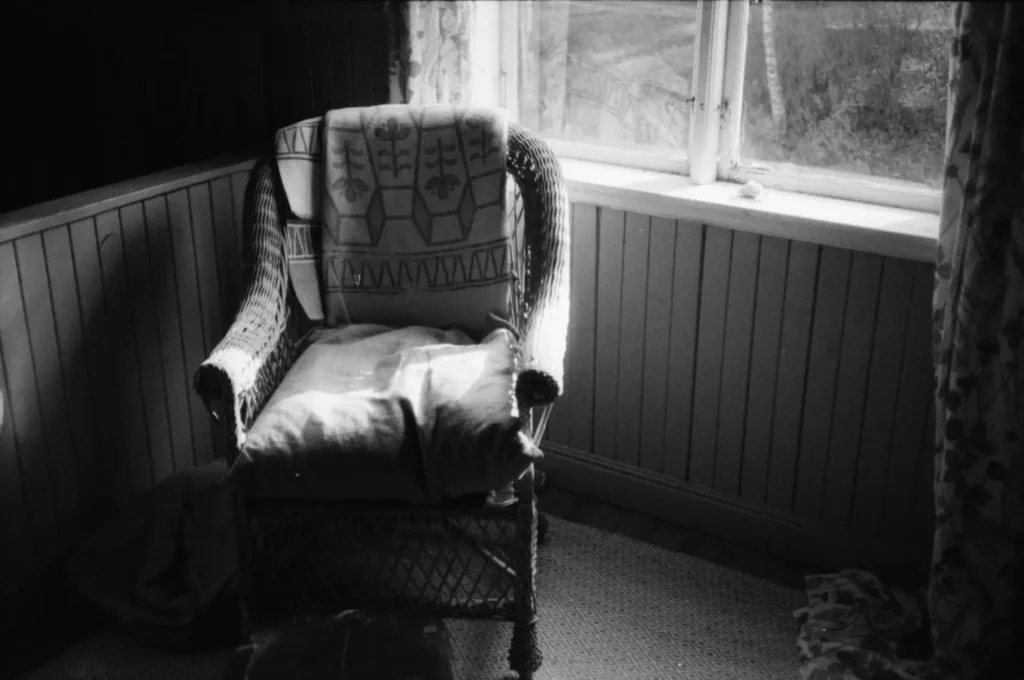
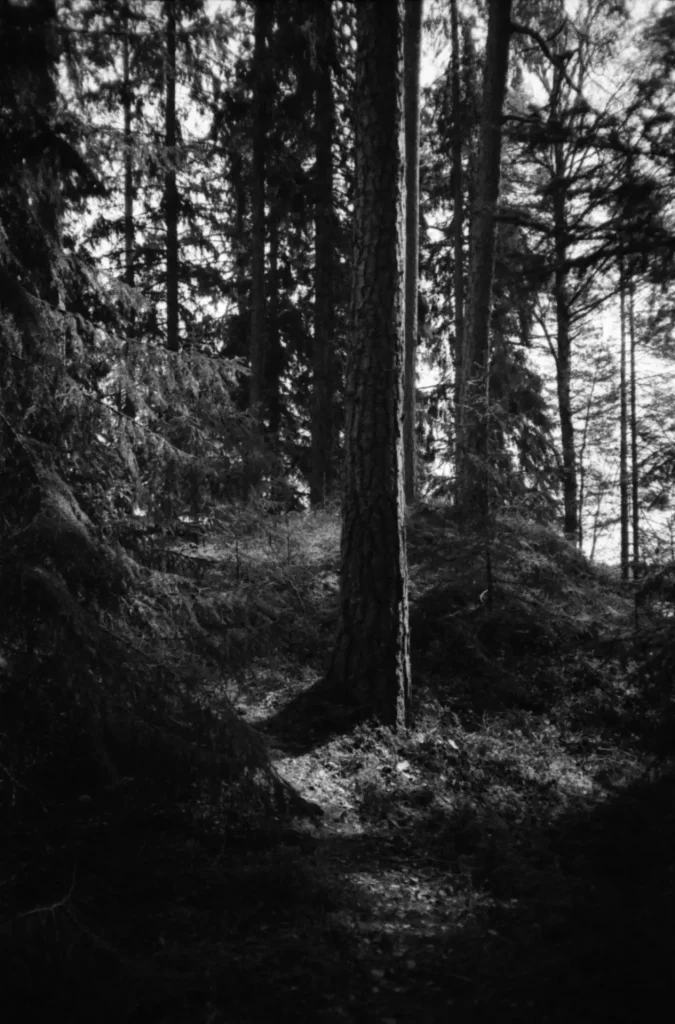
I generally tried to find scenes that could tease mixed-light performance out of the exposure electronics.
Both cameras are easy to use, once you’ve figured out their individual quirks. I particularly like the choice between 40 mm or 75 mm on the Canon Top Twin. The camera burrs and clunks when you press the button to change focal length, a sound and (vibration) the analogue fan in me quite enjoys.
The winding on my MC goes a bit tired when I reach 20-odd exposures. I have to finish the roll in another camera. I am not surprised, though, that the winding mechanics are worn after 35 years. It is of course disappointing. That is why there are more Top Twin than MC photos below.
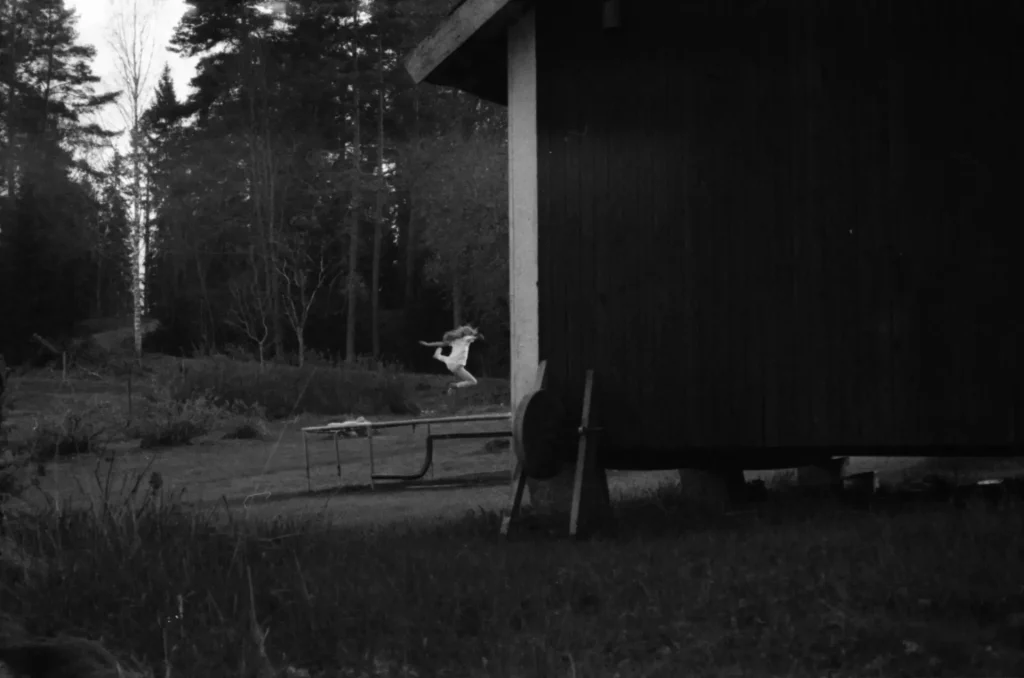
Fast moving objects:
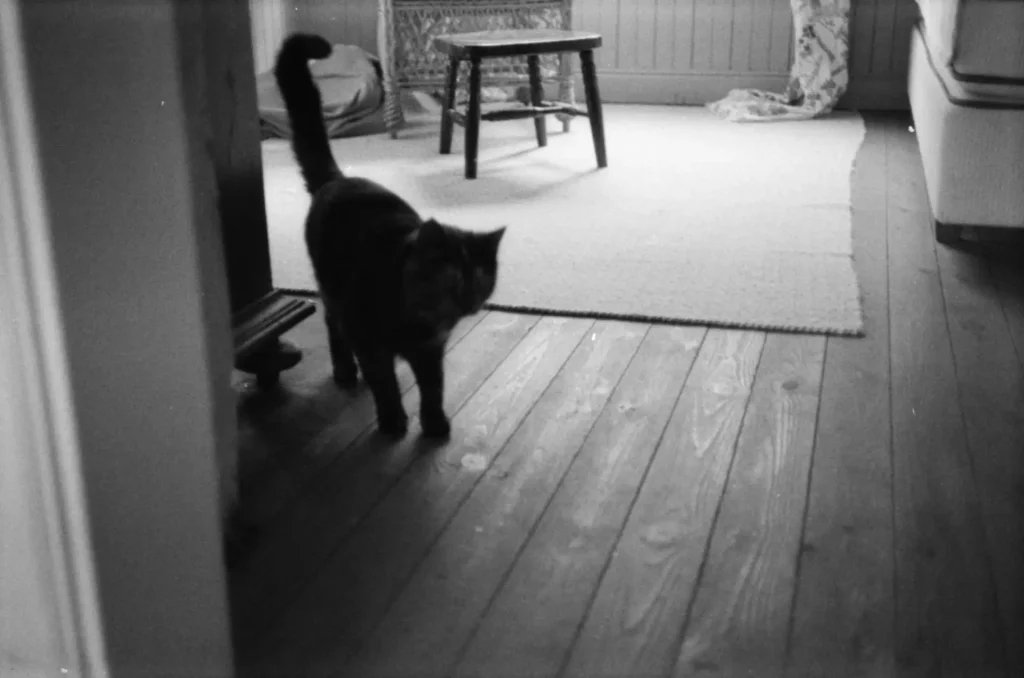
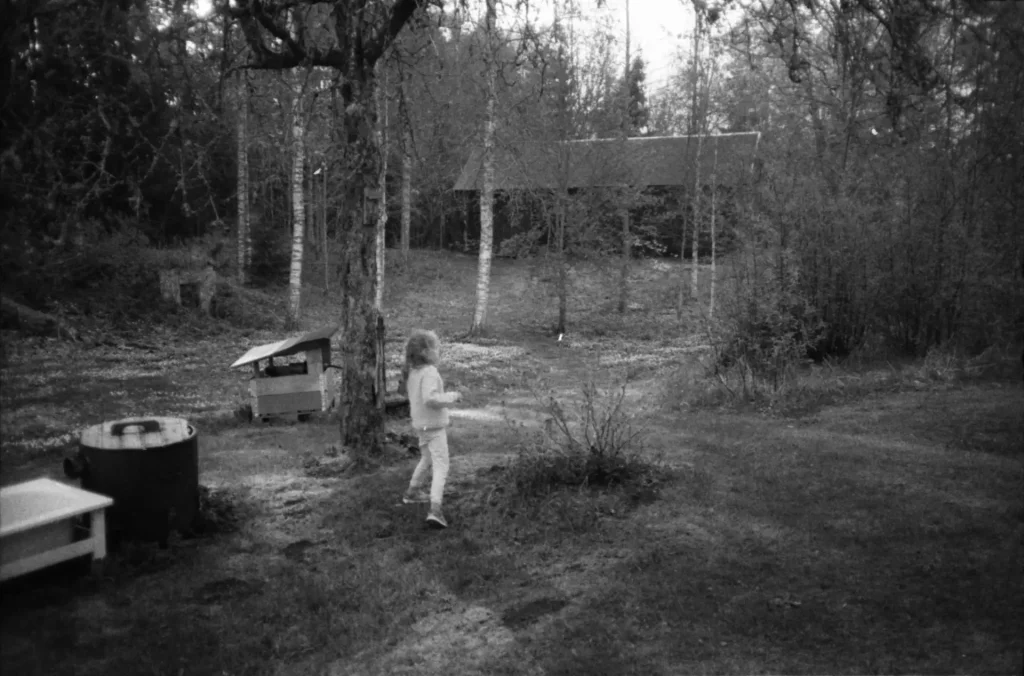
Contrasty lighting:
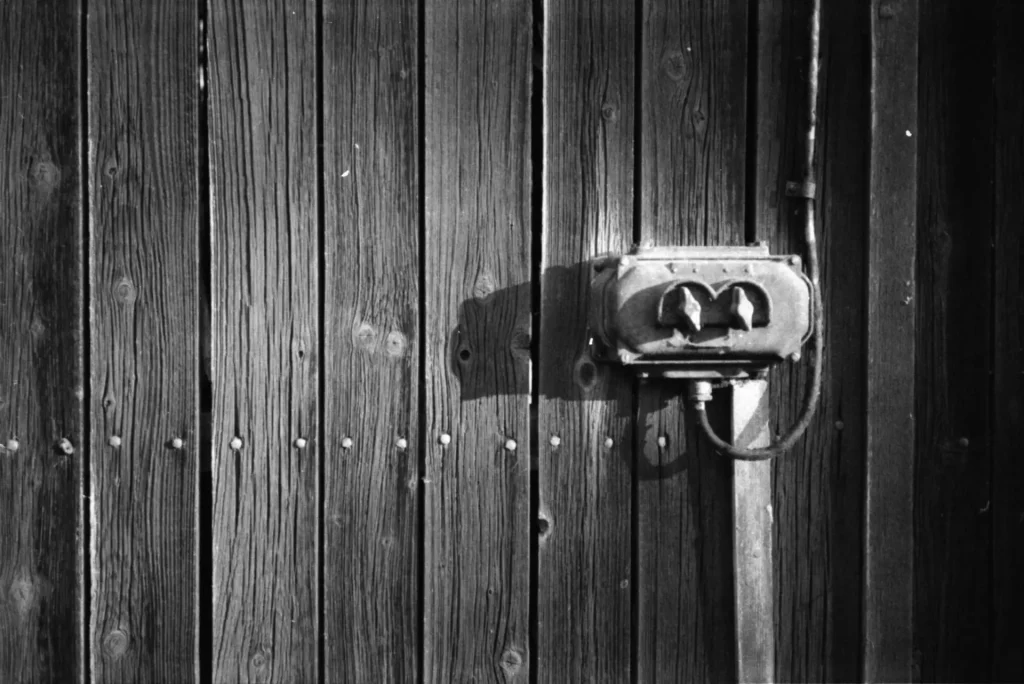
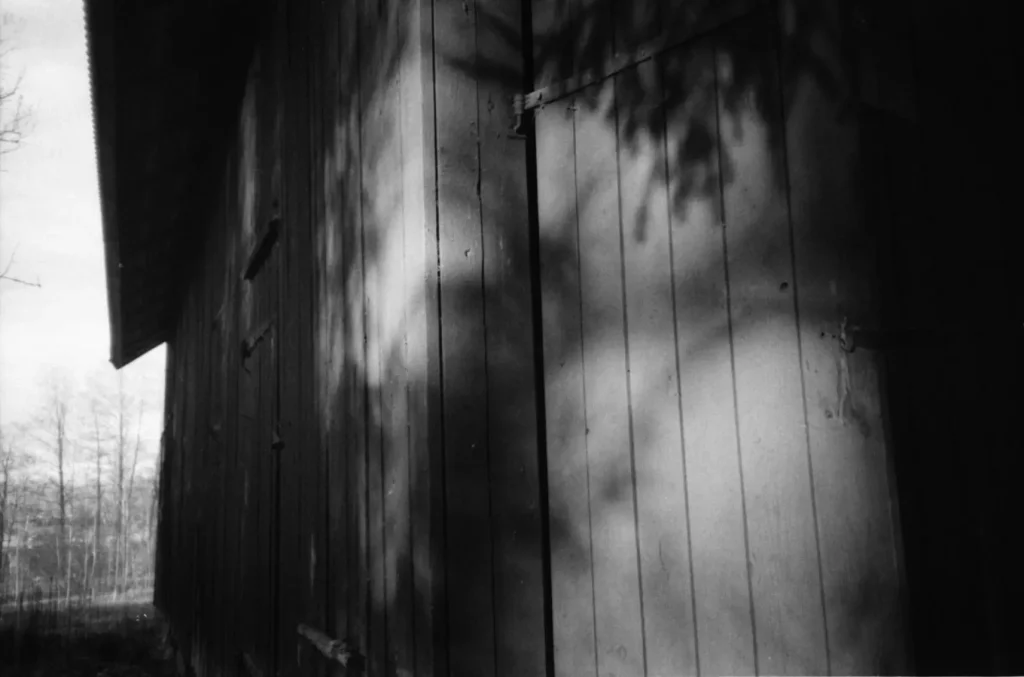
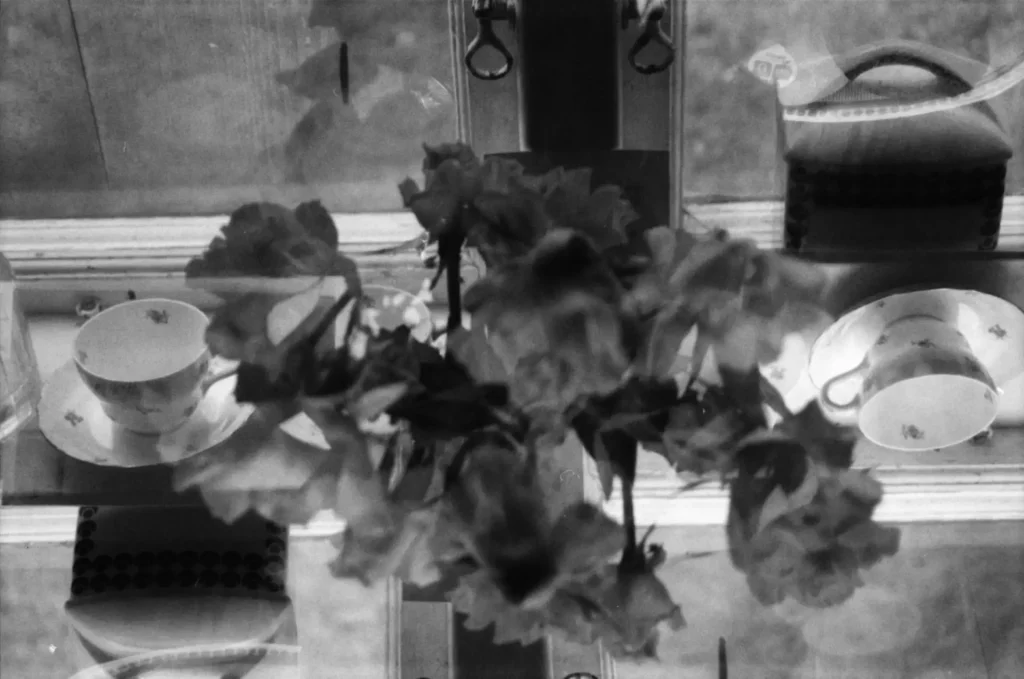
The porch photo:
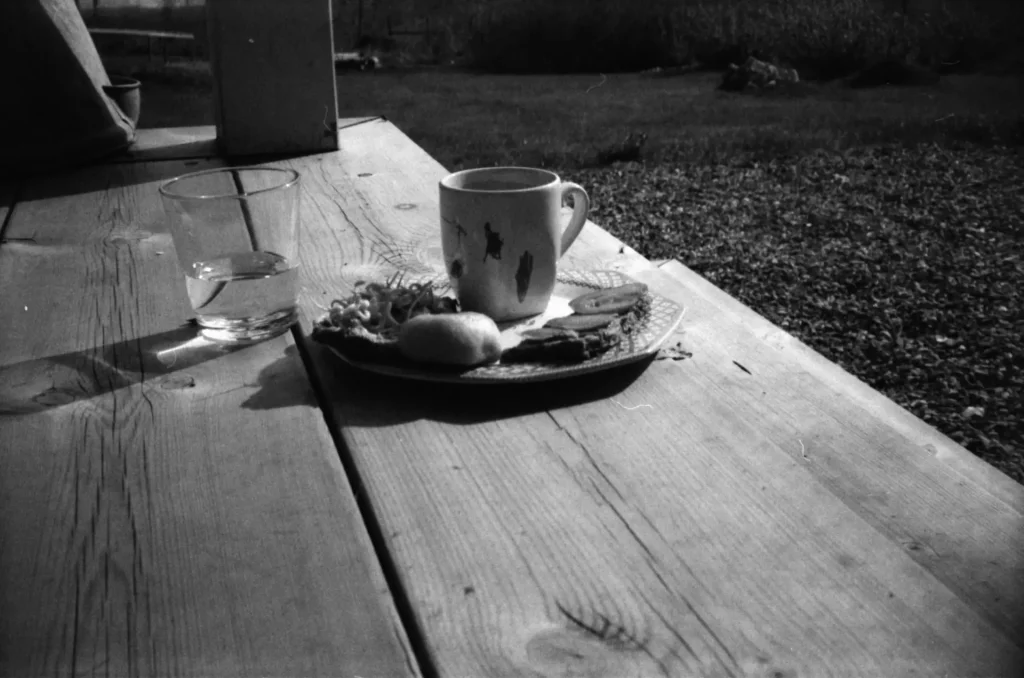
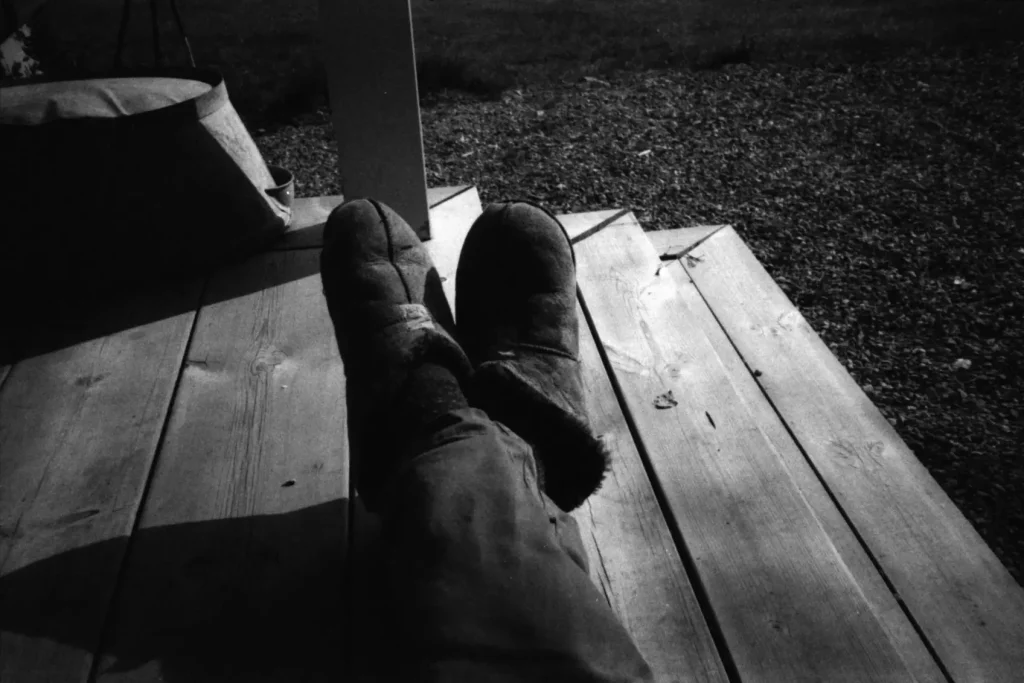
The strong contrast:
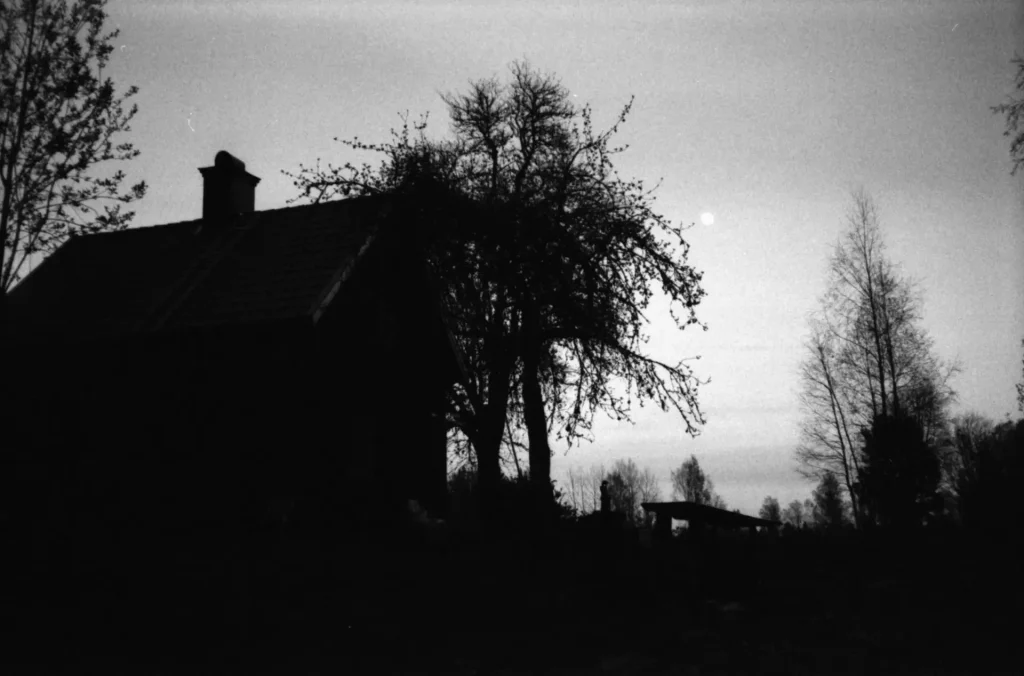
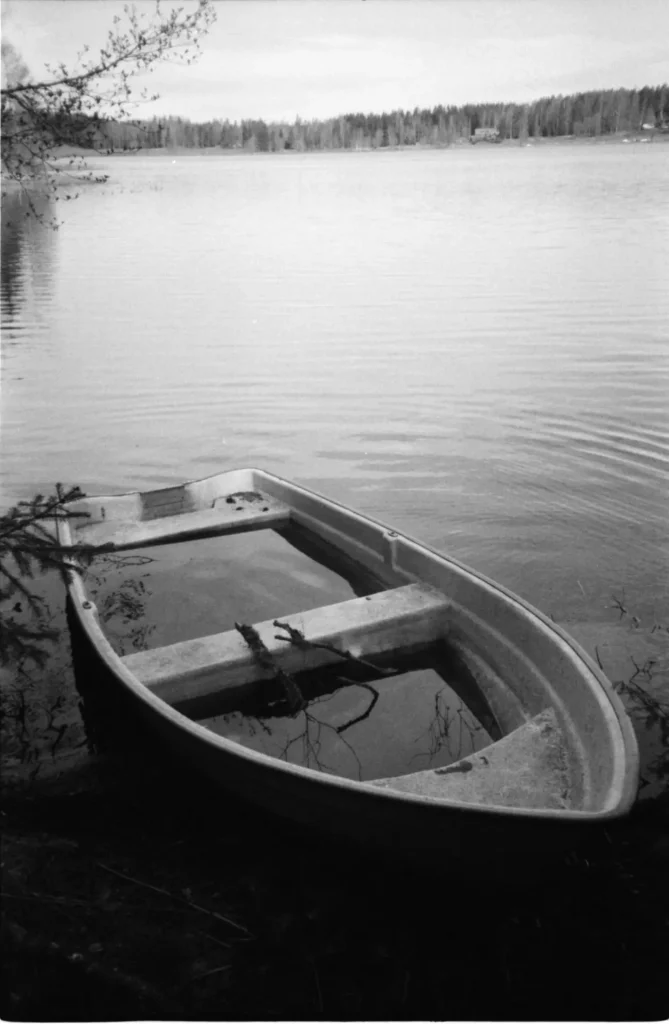
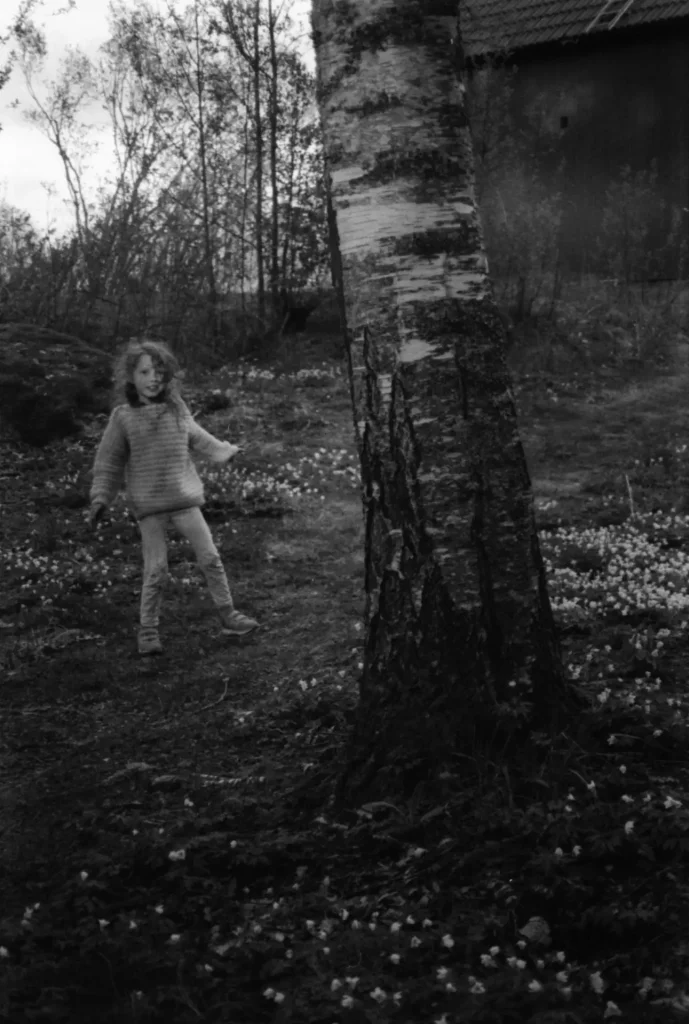
Vegetation:
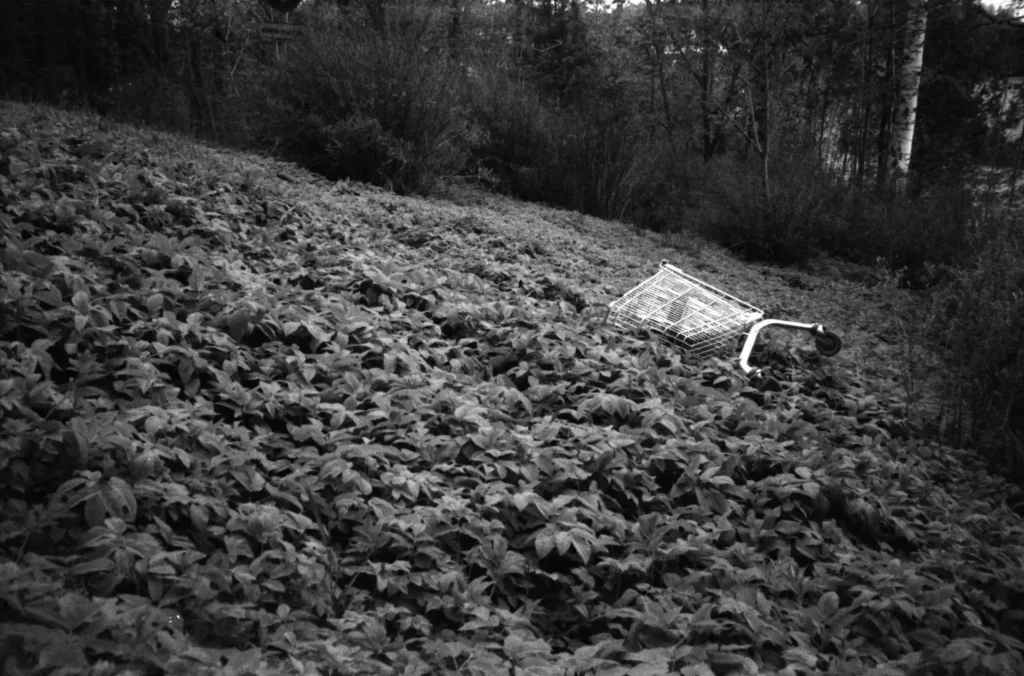
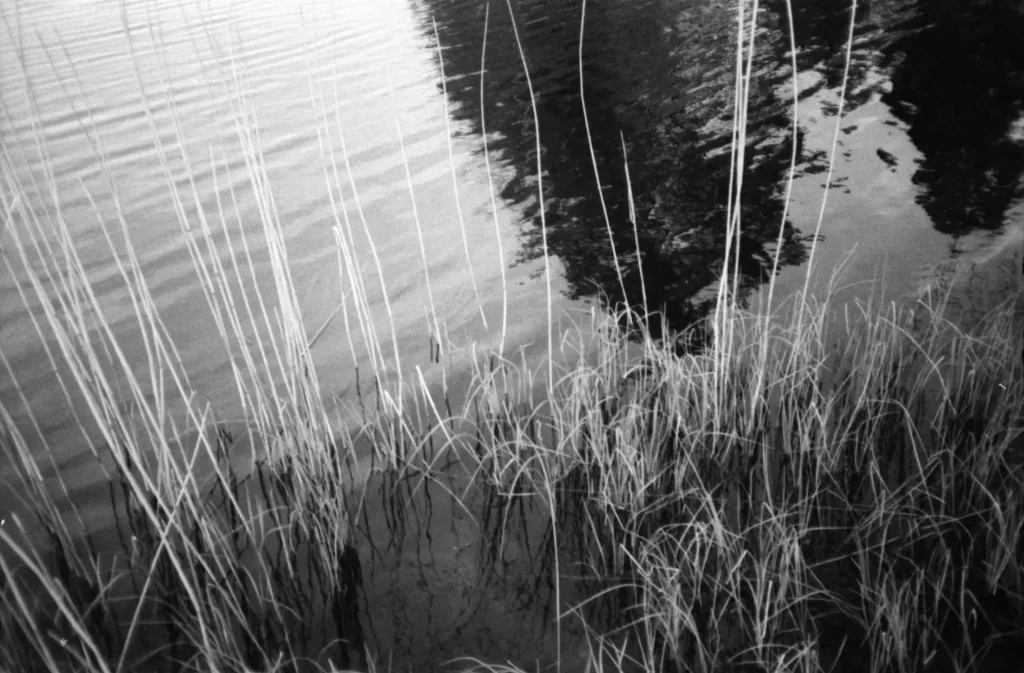
The artsy photo:
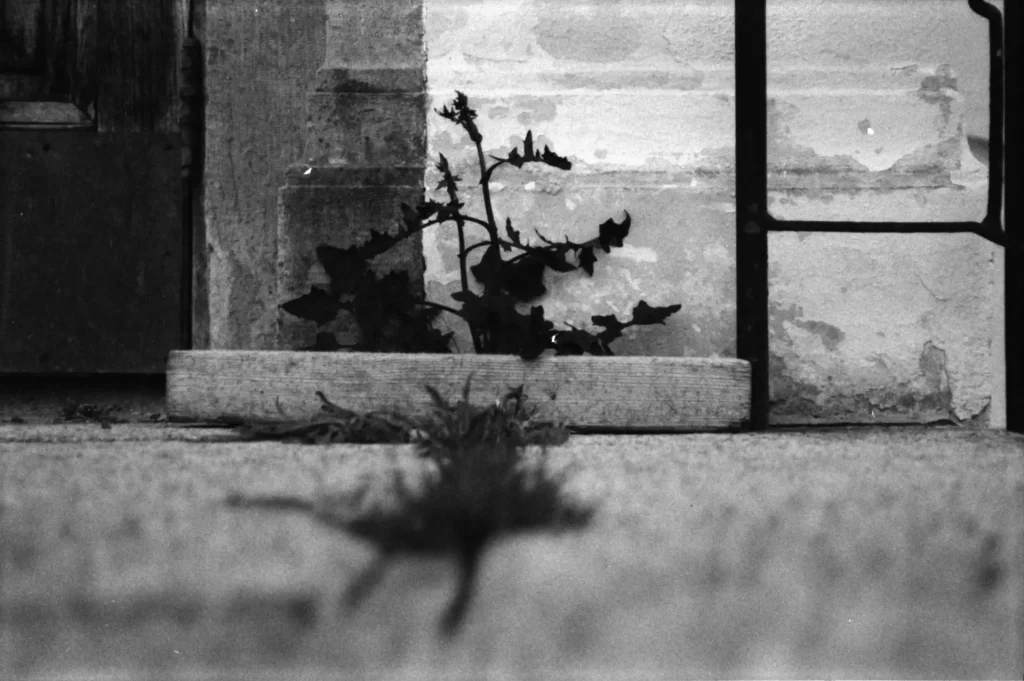
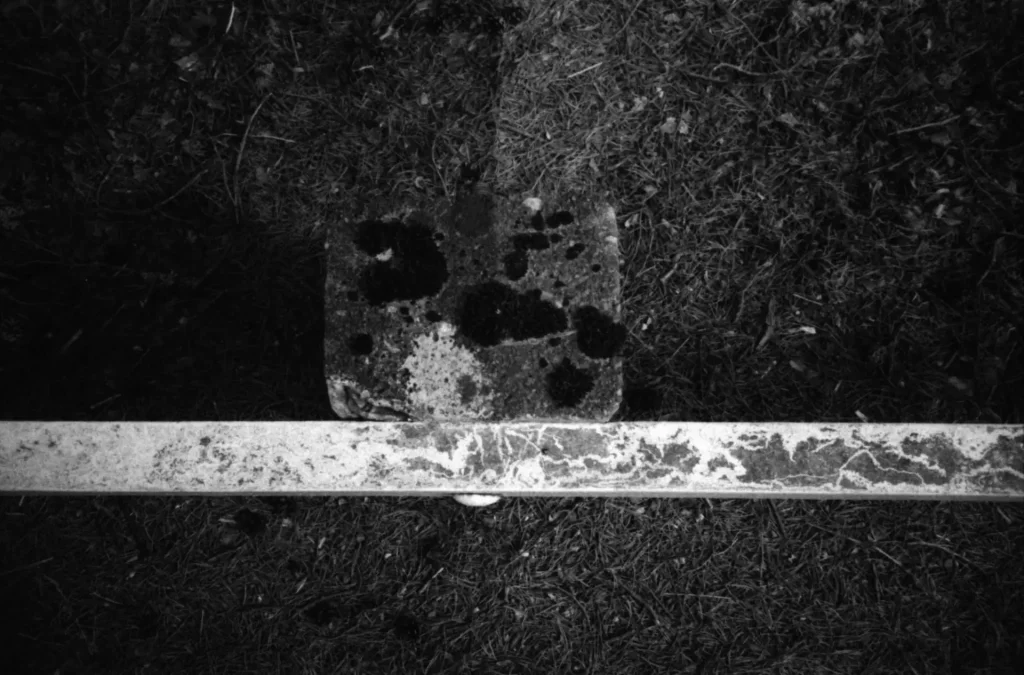
The close-up photo:
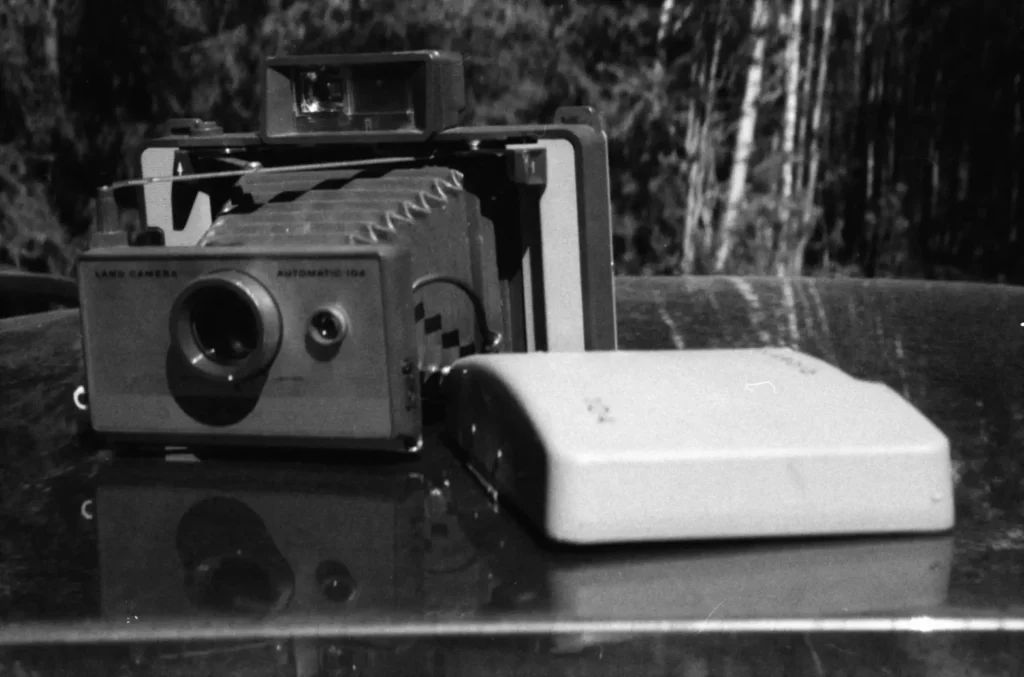
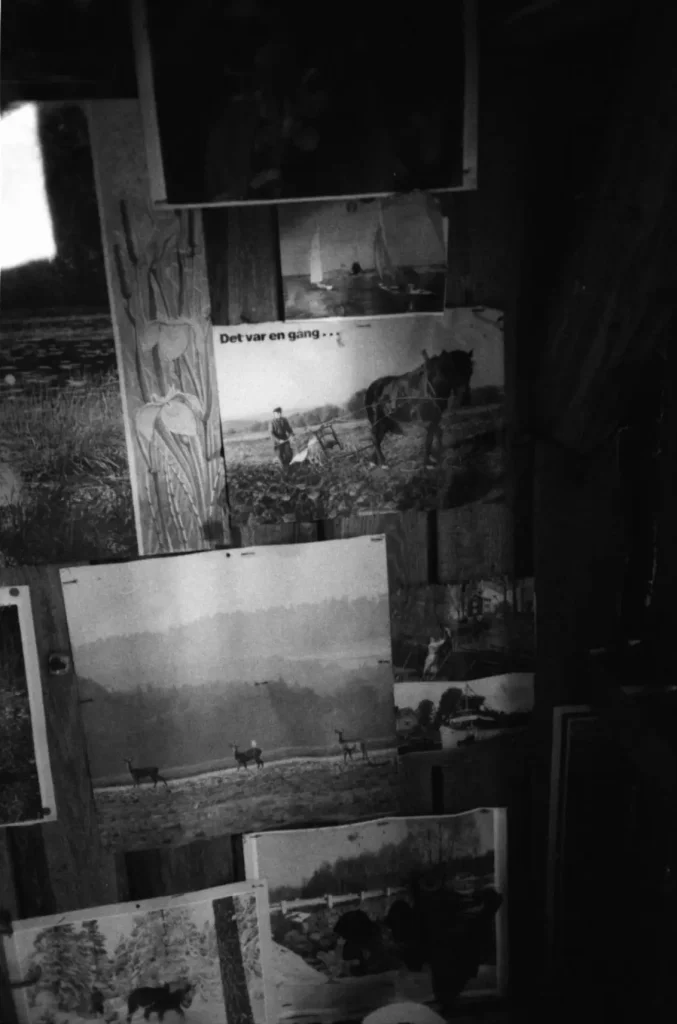
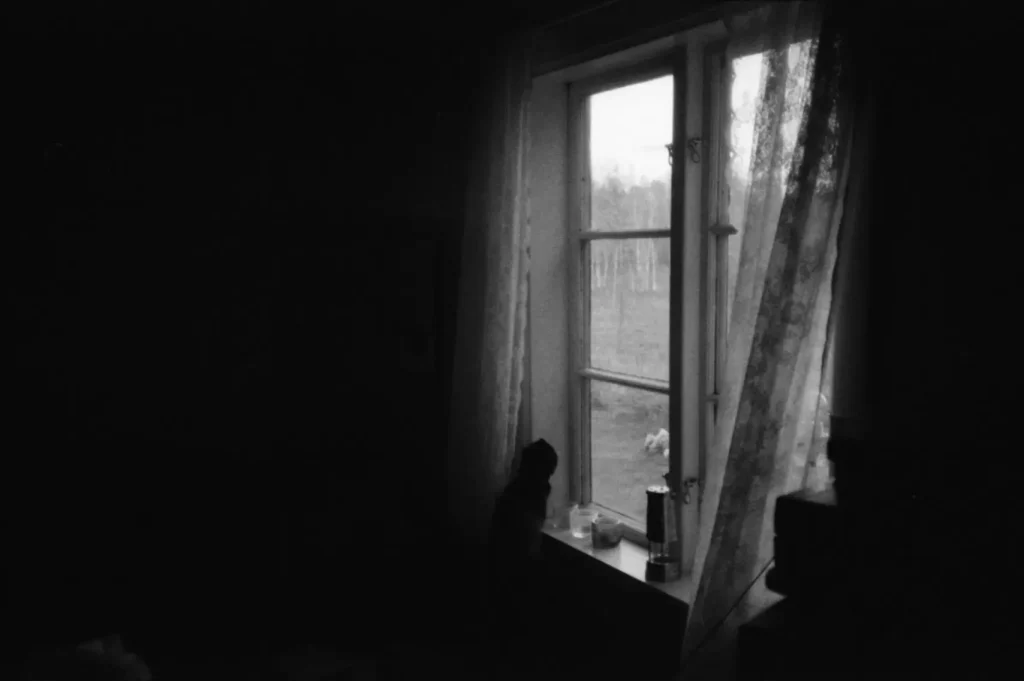
Conclusion
I was rather disappointed with the performance of the MC, but not surprised. The Canon Top Twin seemed such a ‘determined’ camera, with its ambitious yet clunky twin lenses. The MC being all point-and-shoot-y in comparison made it feel limited. Of course it all depends on what you want from a camera. Now that I see the photos the Canon Top Twin lenses are tack-sharp, while the MC photos are a bit too often soft or blurry.
Both cameras have excellent exposure automatics/light metering. The negatives are consistent all the way through to the last frame. That is very good!
If I were to choose between the two the Canon Top Twin would win. Even though it is ugly and big. I’ve grown fond of the clunky-lenses. The MC loses mostly because of the discrepancy between the exclusive exterior and the so-so/good enough lens. I can find cameras with much more fun lousy lenses elsewhere.
Thanks for coming along on my ride! You can find my photos on Instagram @ourbooksmalmo, my blog at getOBphoto and my similarly named camera shop.
Share this post:
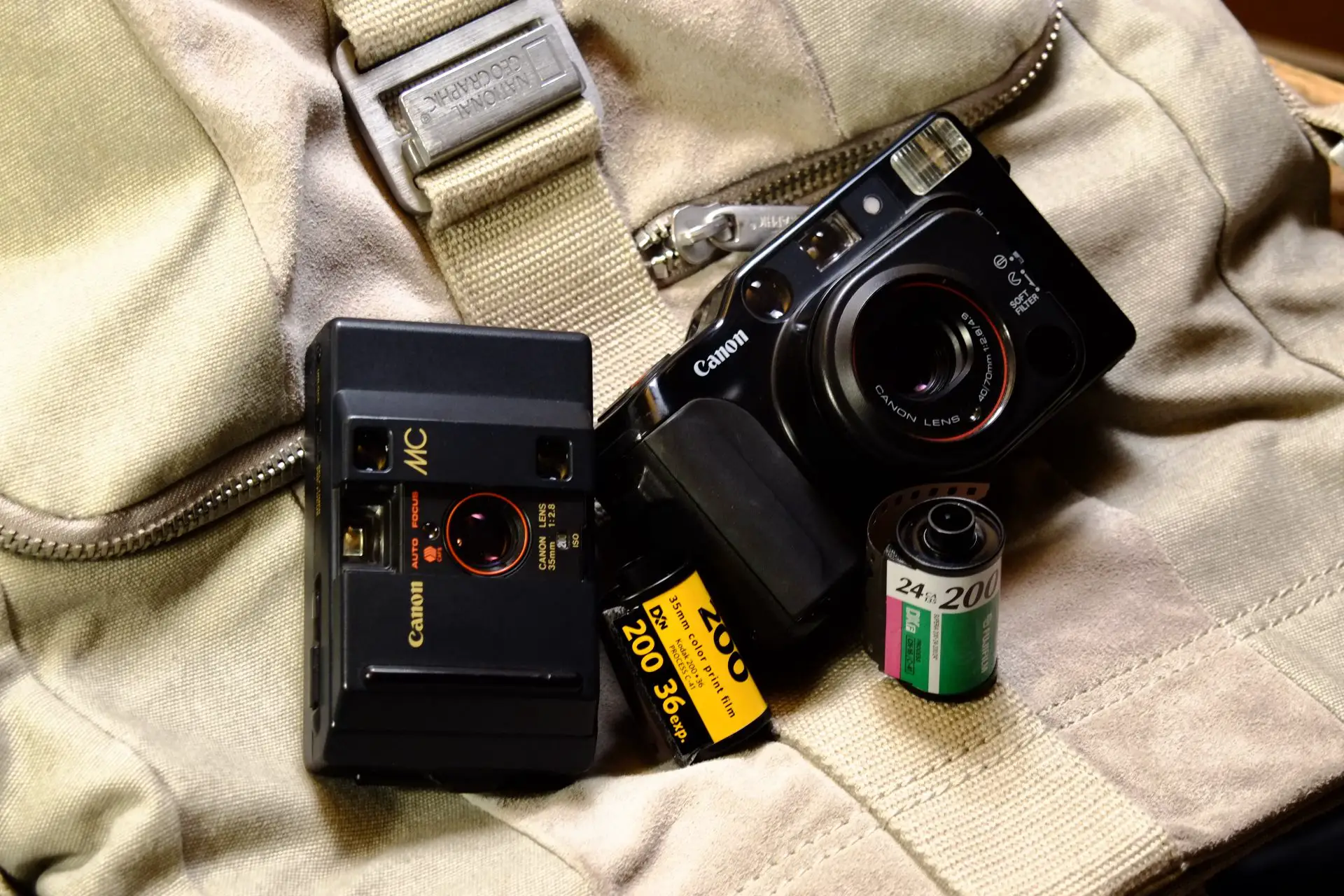








Comments
Bob Janes on Canon Top Twin & MC Review – Comparing Two Mid-80s Compacts – by Tobias Eriksson
Comment posted: 11/09/2020
Yair Sachs on Canon Top Twin & MC Review – Comparing Two Mid-80s Compacts – by Tobias Eriksson
Comment posted: 11/09/2020
Interesting to note the design similarity between the Twin Top and the much later G12 digital Canon and its derivatives.
Canon Top TwinL' Atelier de Jean-Pascal Giacometti, passionné de photographie et de peinture on Canon Top Twin & MC Review – Comparing Two Mid-80s Compacts – by Tobias Eriksson
Comment posted: 13/12/2020